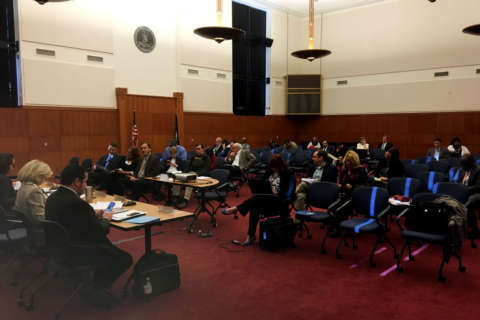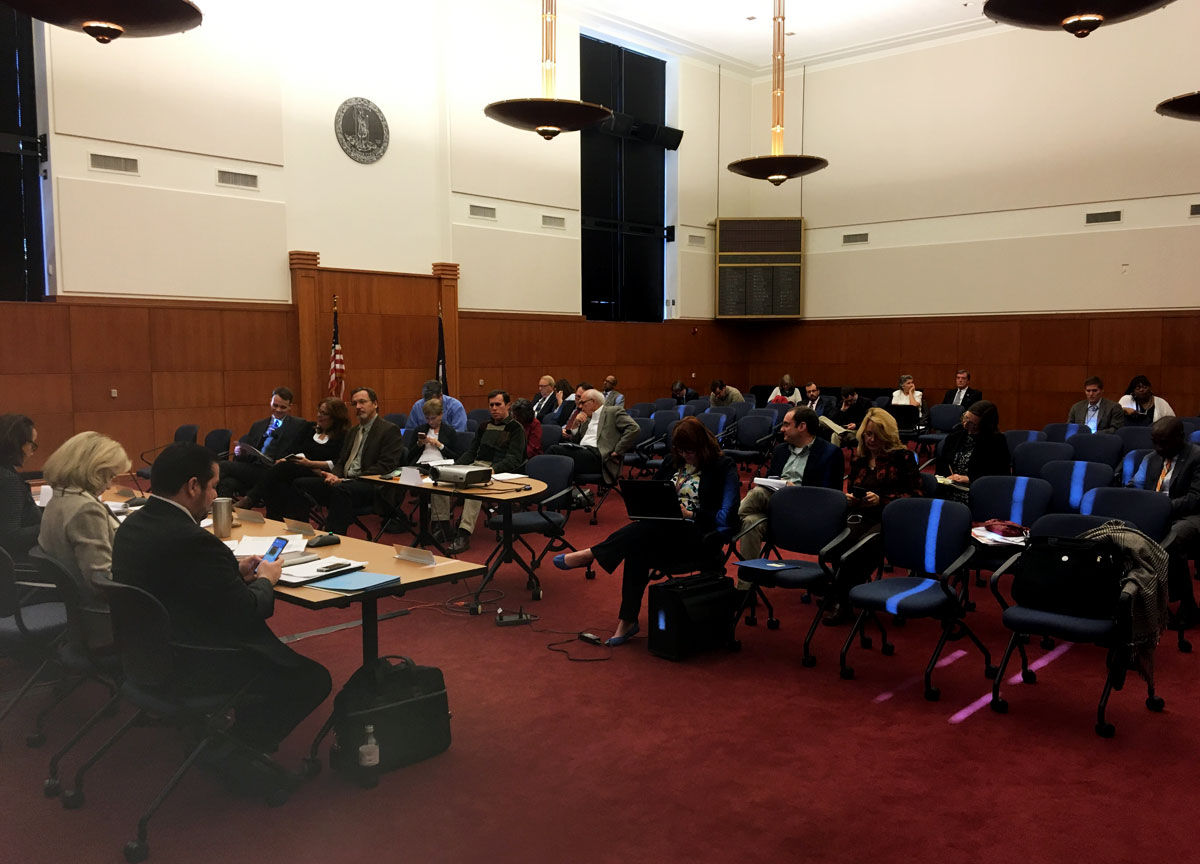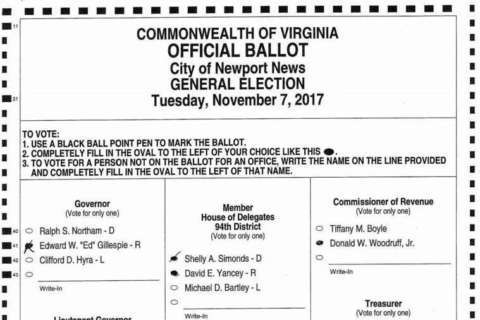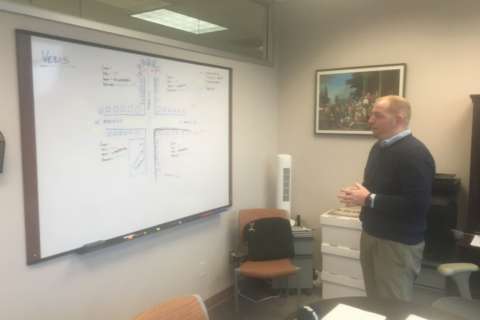
WASHINGTON — Control of Virginia’s House of Delegates hinges on a random drawing of names from a bowl Thursday in a state office building in Richmond.
While the drawing could decide which, if either, party controls the House, the determination may not last long: Republican Del. David Yancey is expected to file for a second recount in the 94th District if Democrat Shelly Simonds’ name is drawn.
While Virginia law is unclear on whether the second recount is allowed, Simonds asked Yancey Wednesday to agree not to seek one.
He rejected that request, which will likely mean that the General Assembly session starts with no one seated in the 94th District, since Simonds replied that she may also still seek a second recount, a contest in the House of Delegates or “other legal options.”
Republicans then expect to have a 50-49 edge for key votes on the rules and new House Speaker.
While Yancey appeared to be the winner after Election Day, Simonds believed she had won the race by one vote the day ballots were recounted. The next day, a three-judge recount court counted one more ballot that was challenged later than usual for Yancey, creating the tie in the Newport News race at 11,608 votes.
“If I lose the coin toss, we still have a lot of options in front of us … I am not prepared to give up,” Simonds told reporters Wednesday night.
Like Yancey, Simonds would not commit to a specific course of action, though, if she loses the drawing.
The State Board of Elections was still monitoring the snow forecast late Wednesday afternoon as Richmond-area schools announced delays, but the drawing was set to go on as planned.
The drawing was already delayed once after the board decided not to draw names while Simonds was still challenging the results of the initial recount. That challenge was rejected Wednesday.
The Department of Elections does not have a legal position on whether a second recount is allowed, Commissioner Edgardo Cortes said.
Thursday’s drawing
Virginia law calls for a “determination by lot” in the event of a tied election.
The drawing will begin with the meeting of the three-member State Board of Elections being called to order before the actual drawing can take place.
Each name is placed in a film canister that is then going to be placed into a blue bowl. One member of the board will draw one of the names, and that candidate is then read out as the winner. To prove both candidates’ names were in the pitcher, the second canister is then pulled from the pitcher and the name inside that canister is read aloud.
While one of the candidates is celebrating, the State Board of Elections will then finish required paperwork.
The board follows the same process on a regular basis to determine the order that parties will be listed on statewide ballots.
In 1971, Virginia drew names from a large silver cup to settle a tied House race in Fairfax County.
What’s next
While the winner of the drawing could be seated in the House of Delegates, Republicans believe any request for another recount would extend this election again. That recount would be carried out in the same way as the first one, but could see more challenged ballots end up before a three-judge panel.
Since the recount process can take weeks, it would likely give Republicans control of the House of Delegates until the election is finalized.
After the House is organized Jan. 10, it would take a two-thirds vote to change the speaker.
Simonds stood by her decision to challenge the initial recount court findings, which delayed the drawing to the point where a second recount will not be completed before the session starts next week.
But …
All of the political calculations hinge on a federal judge allowing Republican Bob Thomas to be seated in the 28th District, representing the Fredericksburg area, where dozens of people cast ballots in the wrong races.
Democratic voters have a hearing in federal court in Alexandria on Friday, seeking to block Thomas from being seated and to get a new election.
Thomas beat Democrat Joshua Cole by 73 votes.
While the bar is high for intervention by a federal judge in a local election, were Judge T.S. Ellis to keep Thomas from being seated, the House would be split 49-49 for key organizing votes. That would require some kind of power-sharing agreement.









